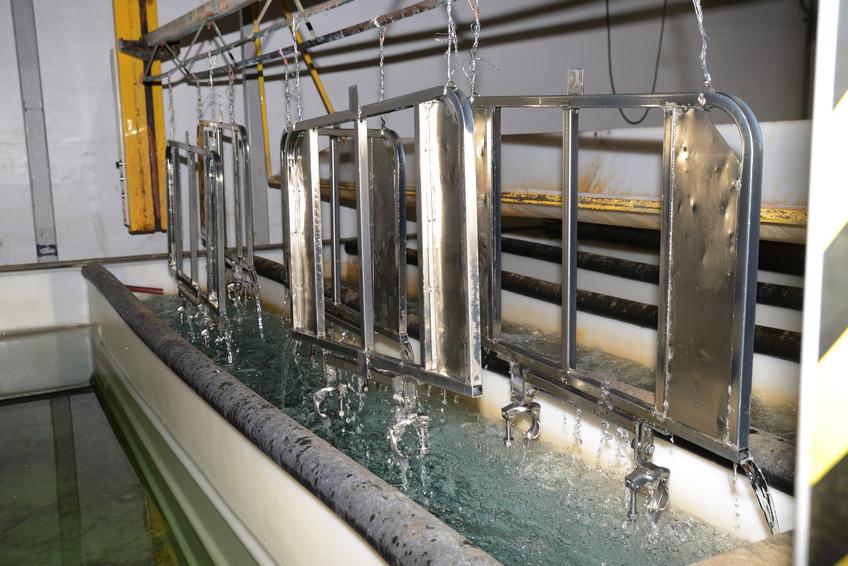Electroplating has become one of the most popular ways to coat metal. But between tanks, custom linings, and an understanding of metal, electroplating isn’t the easiest process to understand. Here’s how electroplating works to finish your metal.
The substrate
To perform electroplating, or electrodeposition, you need to deposit a metal or a metal alloy onto a material, otherwise known as the substrate. You can use a variety of plastics or materials to use as a substrate. Some common plastics include polycarbonate, polycarbonate blends, and polysulfone, a flame-retardant material.
The metals
To coat these substrates, you need a metal or a metal alloy. More specifically, you need the dissolved metal ions. These ions are settled into a tank, lined with reliable plating tank liners, before the substrate is introduced and a current runs through the bath, adhering the two.
In a similar process, called electroless plating, instead of an electric current affixing the alloy to the substrate, a chemical reaction adheres the two. It’s essential that the custom tank liners can act safely as plating tank liners to support the complexing agent.
Before you start electroplating or the electroless process, think about the final product’s intended use, the geometry, and the quality of the base material to create the best product.
The tank
Whether the tank is industrial in size or small enough for individual use is up to the discretion of the plater. It also depends on the type of metal plating technique used, such as rack plating or barrel plating.
Regardless, your tank is going to need great plating tank liners. These liners are designed to improve the longevity of your tank and keep all your materials inside the tank. Electroless nickel tank liners will safely contain chemicals, metals, and more without sacrificing the health of your tank.
With less corrosion and leak prevention, you’re ensuring the safety of your company and the quality of your final product. The EPA lists 140 chemicals that require a “risk management plan” to be submitted to federal regulators. Your liner should always be part of that plan.
If you’re looking for plating tank liners, look no further than Flexi-Liner for all of your containment products. Whether you need corrosion resistant tank lining or the best lining for your plating tanks, we’ve got you covered.

I like the helpful info you provide in your articles.
I will bookmark your weblog and check again here
regularly. I’m quite sure I will learn lots of new
stuff right here! Best of luck for the next!
Keep on working, great job!
Thank you for explaining the ins and outs of how electroplating works. My husband is making a large project and really wants to get some of the parts electroplated. I will be sure to help him look around for a quality place to have the parts treated.